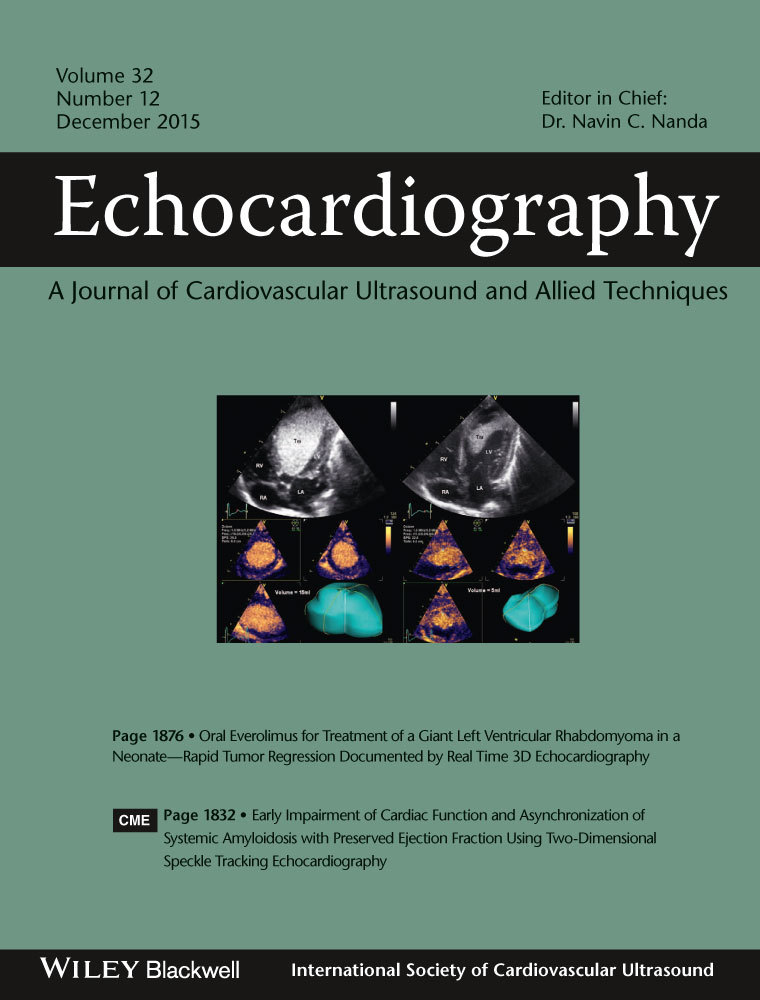Multidetector Computed Tomography Angiography Combined with Intravascular Ultrasound for the Evaluation of Coronary Veins for Percutaneous Mitral Annulus Repair Using Transcoronary Sinus Devices
Abstract
Background
Multidetector computed tomography angiography (MDCTA) can be used to evaluate the target location of transcoronary sinus devices. This study aimed to assess the accuracy of MDCTA in evaluating the target location of transcoronary sinus devices compared with intravascular ultrasound (IVUS).
Materials and Methods
Forty-two patients planned to undergo mitral valve repair (MVR) were prospectively enrolled at Zhoupu Hospital (China) including 15 with secondary mitral regurgitation (MR) grade ≥3. MDCTA was performed to measure the diameters of coronary sinus ostium (CSO) and proximal anterior interventricular vein (PAIV) and the distance between them.
Results
During MVR, these parameters were measured using IVUS before electrode insertion. There was a strong linear correlation between the diameter of CSO measured by MDCTA and IVUS (r = 0.967, P < 0.001), as well as for PAIV (r = 0.954, P < 0.001) and the distance between them (r = 0.986, P < 0.001). No significant differences were found between the results measured by MDCTA and IVUS. The patients with secondary MR grade ≥3 had significantly larger CSO and PAIV measured by IVUS (P = 0.003 and P = 0.017, respectively), as well as by MDCTA (P = 0.010 and P = 0.008, respectively).
Conclusion
Dual-source MDCTA might allow the quantitative evaluation of the target location of transcoronary sinus devices with a good accuracy. It may be a good choice for guiding the selection of transcoronary sinus devices.




